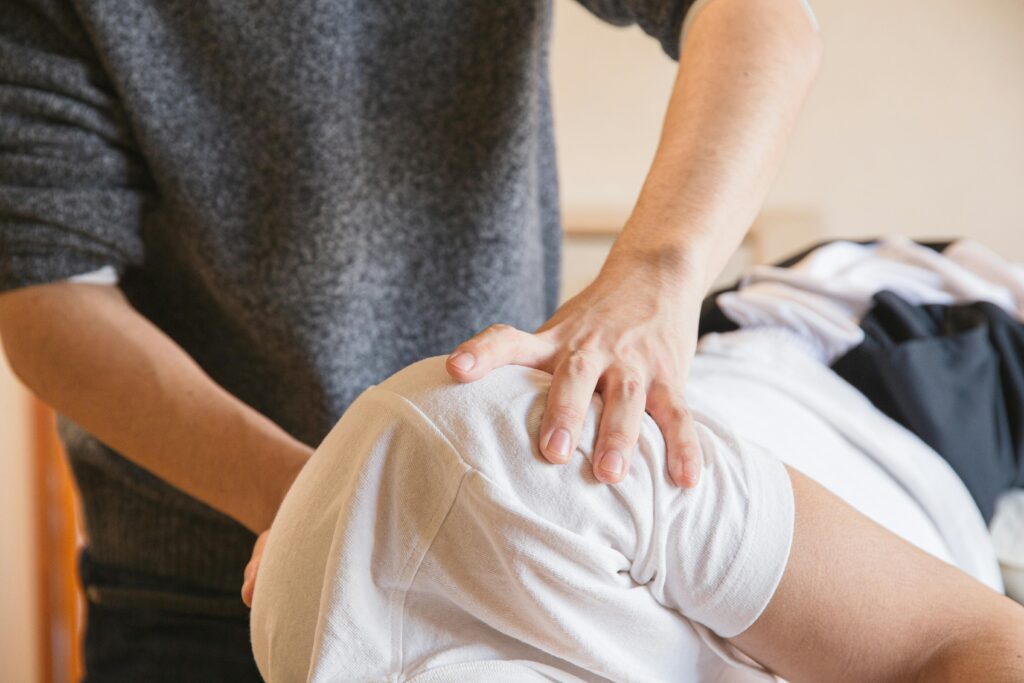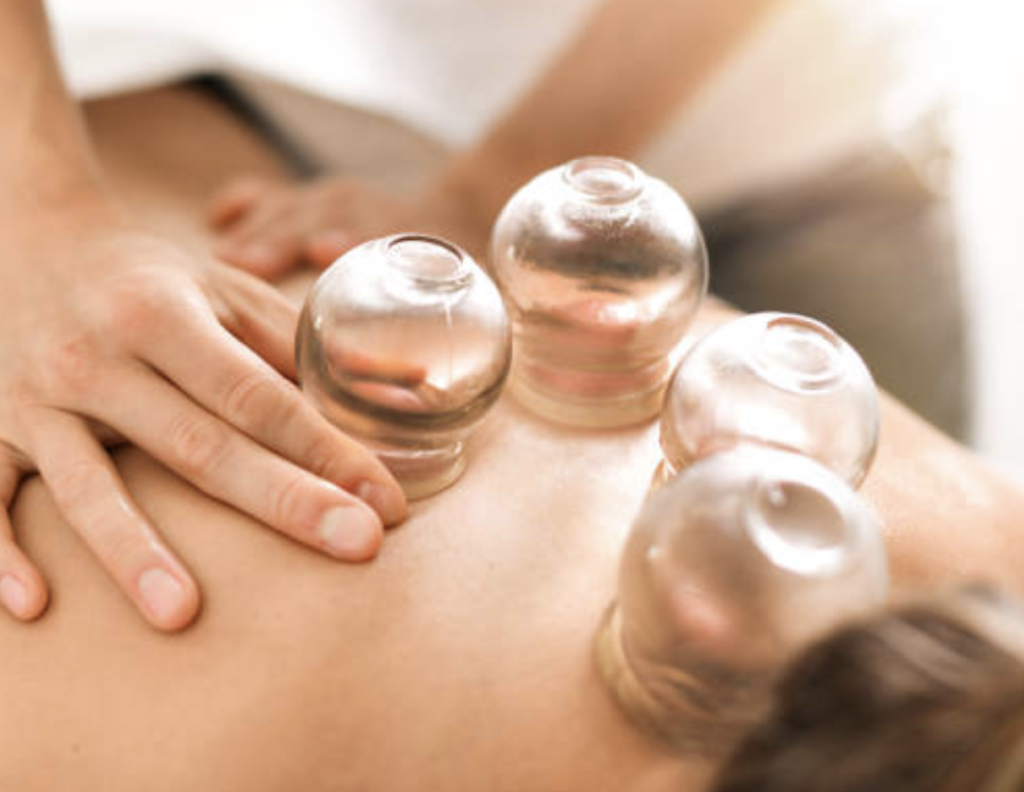Cryotherapy and Weight Loss: Can Freezing Temperatures Help?

In the world of weight loss, trends come and go, but cryotherapy is one that’s generating serious buzz. Touted as a revolutionary method for reducing pain, boosting recovery, and even helping with weight loss, cryotherapy seems almost too good to be true. For beginners embarking on their weight loss journey, it’s worth exploring whether stepping into a chamber cooled to sub-zero temperatures can genuinely help you shed pounds or if it’s just another fleeting fad.
This article dives deep into what cryotherapy is, how it works, and whether it delivers real results for weight loss. If you’re looking for new and innovative ways to achieve your weight loss goals, keep reading to see if cryotherapy might be the cold solution you need.
What is Cryotherapy?
Cryotherapy, derived from the Greek words “cryo” (cold) and “therapy” (treatment), involves exposing the body to extremely low temperatures for a brief period. There are two main types of cryotherapy:
- Localized Cryotherapy: Focuses on a specific area of the body using ice packs, ice baths, or cold sprays.
- Whole-Body Cryotherapy (WBC): Involves entering a cryotherapy chamber where temperatures drop to as low as -200°F (-129°C) for 2-4 minutes.
Whole-body cryotherapy is the method most commonly linked to weight loss. During the session, your body reacts to the intense cold by ramping up metabolic activity and engaging mechanisms designed to preserve body heat.
The Science Behind Cryotherapy and Weight Loss
Cryotherapy’s potential for weight loss hinges on how the body responds to cold. Here’s a breakdown of the scientific principles at play:
1. Thermogenesis: Burning Calories to Stay Warm
When exposed to extreme cold, your body works harder to maintain a stable internal temperature. This process, known as thermogenesis, burns calories. According to some reports, a single session of cryotherapy can help you burn between 500 and 800 calories.
2. Activation of Brown Fat
Unlike white fat, which stores energy, brown fat burns calories to generate heat. Cryotherapy stimulates the activity of brown fat, helping you burn more calories even after you leave the chamber. Studies suggest that individuals with higher levels of brown fat tend to have faster metabolisms.
3. Enhanced Recovery for Better Workouts
Cryotherapy is widely used for muscle recovery. By reducing inflammation and speeding up healing, it enables more frequent and effective workouts. Since exercise plays a crucial role in weight loss, quicker recovery times can translate to faster results.
4. Hormonal Boosts
Exposure to cold triggers the release of adrenaline and endorphins, improving mood, energy levels, and mental clarity. Feeling better emotionally can help you stick to your weight loss plan and resist the urge to binge eat.
5. Reduction in Water Retention
Studies have shown that cryotherapy can also reduce bloating and water retention, helping you look and feel leaner temporarily.
Cryotherapy as Part of a Holistic Weight Loss Plan
Cryotherapy is not a magic bullet. It works best when integrated into a broader weight-loss strategy. Here’s how it fits into a comprehensive plan:
1. Combine It With Diet
Cryotherapy alone won’t offset a poor diet. Pair your sessions with a nutrient-dense, calorie-controlled eating plan to achieve lasting results.
2. Exercise Regularly
Cryotherapy can boost workout recovery and motivation, but exercise remains essential for burning fat and building muscle.
3. Stay Hydrated
Cold exposure can be dehydrating. Drinking plenty of water before and after a session supports optimal results and overall health.
4. Focus on Consistency
To see meaningful changes, you’ll need to undergo regular cryotherapy sessions—typically 2-3 times a week. Sporadic sessions may not deliver the same benefits.
Step-by-Step Guide to a Cryotherapy Session
For those new to cryotherapy, here’s what to expect during a session:
- Preparation: You’ll be asked to remove jewelry and wear protective gear, such as gloves, socks, and a headband, to shield sensitive areas from frostbite.
- Entering the Chamber: The technician will guide you into the cryotherapy chamber, which is cooled using liquid nitrogen or refrigerated cold air.
- The Session: You’ll stand in the chamber for 2-4 minutes while the temperature drops dramatically. You might feel intense cold, but it’s generally tolerable for the short duration.
- Post-Session: After exiting the chamber, you’ll warm up and may feel an immediate energy boost.
Benefits of Cryotherapy Beyond Weight Loss

Cryotherapy isn’t just about losing weight. It offers several additional benefits that can support your overall health and wellness:
- Pain Relief: Reduces joint pain and muscle soreness, making it ideal for people recovering from injuries or chronic conditions like arthritis.
- Improved Sleep: Some users report better sleep quality after cryotherapy sessions.
- Anti-Aging Effects: Cryotherapy is said to improve skin elasticity and reduce wrinkles by promoting collagen production.
- Stress Relief: The endorphin release triggered by cold exposure can help alleviate stress and anxiety.
What the Research Says About Cryotherapy and Weight Loss
The scientific community is still exploring the long-term effects of cryotherapy on weight loss. Current studies provide mixed results:
- A study published in Frontiers in Physiology found that regular cryotherapy sessions increased participants’ resting metabolic rates, potentially aiding in weight loss.
- Research on brown fat suggests that cold exposure can promote fat burning, although individual results vary based on genetics and lifestyle.
- Anecdotal evidence highlights the psychological benefits of cryotherapy, such as increased motivation, which can indirectly support weight loss efforts.
While promising, more large-scale studies are needed to definitively confirm cryotherapy’s role in weight management.
Who Should Try Cryotherapy for Weight Loss?
Cryotherapy may be a good fit if:
- You’re looking for a supplementary tool to boost your weight-loss efforts.
- You struggle with muscle soreness that hinders regular exercise.
- You’re interested in exploring cutting-edge wellness treatments.
However, it’s not suitable for everyone. People with the following conditions should avoid cryotherapy or consult a doctor first:
- Heart disease or high blood pressure
- Respiratory issues
- Sensitivity to cold or Raynaud’s disease
- Pregnancy
Potential Risks and Drawbacks
Cryotherapy is generally safe when performed at certified facilities. However, there are risks to consider:
- Frostbite: Prolonged exposure to extreme cold can damage skin if safety protocols aren’t followed.
- Skin Irritation: Some users experience redness or itchiness after sessions.
- Breathing Issues: Rarely, the use of liquid nitrogen can reduce oxygen levels in the chamber.
Always choose a reputable cryotherapy center with trained technicians to minimize risks.
FAQs About Cryotherapy and Weight Loss
1. Does Cryotherapy Really Burn Fat?
Cryotherapy helps your body burn calories through thermogenesis and brown fat activation, but it’s not a standalone fat-burning solution.
2. How Many Calories Can You Burn in a Session?
Reports suggest you can burn 500-800 calories per session. However, results vary based on individual metabolism.
3. How Long Does It Take to See Results?
While some benefits, like reduced soreness and improved mood, are immediate, weight loss effects may take weeks or months when combined with a healthy lifestyle.
4. Can Cryotherapy Replace Exercise?
No. Cryotherapy should supplement, not replace, exercise. Regular physical activity remains crucial for sustainable weight loss.
5. Is Cryotherapy Painful?
While the extreme cold can be uncomfortable, sessions are brief and generally well-tolerated.
Cryotherapy Myths Debunked
Myth 1: Cryotherapy Freezes Fat Away
Unlike procedures like CoolSculpting, cryotherapy doesn’t freeze fat cells. Instead, it stimulates calorie burning and metabolic activity.
Myth 2: One Session is Enough
Consistency is key. A single session may boost mood or reduce soreness, but regular sessions are needed for noticeable weight loss.
Myth 3: It Works for Everyone
Individual results vary based on factors like metabolism, diet, and exercise habits.
Final Thoughts: Is Cryotherapy Worth It for Weight Loss?
Cryotherapy offers intriguing benefits for weight loss, particularly for beginners looking to kickstart their journey. By boosting metabolism, enhancing recovery, and improving mood, it can complement traditional weight-loss strategies. However, it’s not a miracle cure and works best when paired with healthy eating, regular exercise, and lifestyle changes.
If you’re curious about cryotherapy, give it a try—but remember that sustainable weight loss always requires a holistic approach.


